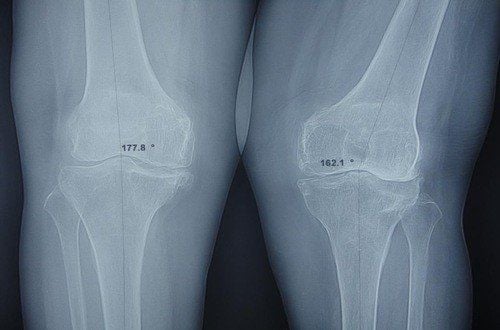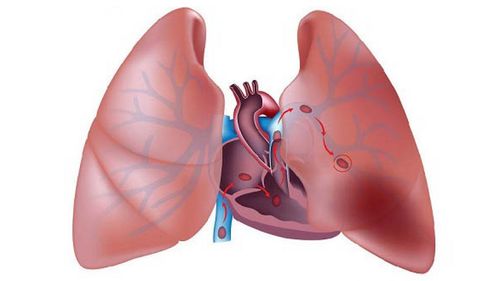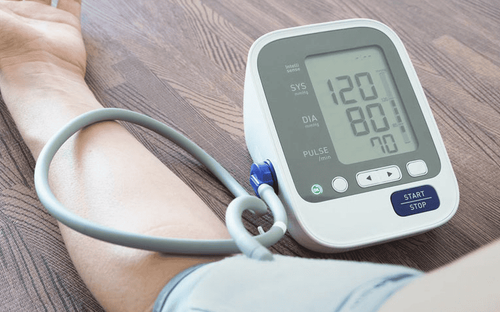This is an automatically translated article.
The article is professionally consulted by Master, Doctor Pham Van Hung - Department of Medical Examination & Internal Medicine - Vinmec Danang International General Hospital.
Deep vein thrombosis of the lower extremities is a blood clot in the deep veins of the body. The disease is very common in the elderly, people with injuries in the hospital or women in the time of childbirth.
1. Deep vein thrombosis of the lower extremities
Deep vein thrombosis of the lower extremities is the most common form of deep vein thrombosis. A blood clot forms in one or more veins, causing pain and swelling in the lower extremities, usually the calf. Patients often have a burning sensation in the swollen and painful areas of the legs, even the skin in these areas may be red, and feel more painful when moving.Deep vein thrombosis of the lower extremities can occur in people with a history of diseases or phenomena related to blood clotting. In particular, the elderly, over 70 years old, patients with lower extremity injuries who need to stay in the hospital for a long time, so they are sedentary, or women in the childbearing period are also at risk of developing deep vein thrombosis. lower extremities higher.
Deep vein thrombosis of the lower extremities usually affects only one leg. If not treated promptly, the disease can cause pulmonary embolism with signs such as: dizziness, fatigue, tachycardia, shortness of breath, shortness of breath, chest pain, cough or even coughing up blood. Therefore, when there are symptoms of the disease, it is necessary to go to the doctor for timely diagnosis, in order to treat the disease early and effectively and avoid complications later.
2. Diagnosis of deep vein thrombosis of the lower extremities
If the patient is suspected of having a disease, he or she needs to go to the hospital, the doctor will perform a clinical examination and based on the patient's condition to assign appropriate diagnoses or tests.
2.1. If the probability of getting sick is low: Do a highly sensitive D - dimer test ELISA

If the test result is negative : Exclude the possibility of deep vein thrombosis of the lower extremities without further testing. If the test result is positive : Need to give the patient an intravenous ultrasound
2.2. If probability of disease is moderate/high: Do Venous Doppler Ultrasound
Venous DopplerOften used Doppler ultrasound method, to measure the speed of blood circulation in the blood vessels. If blood flow is slow or blocked, the patient is likely to have a blood clot.
If venous ultrasound is negative : Further D-dimer test is required to be conclusive. If the D-dimer test is also negative, the patient can be assured that he does not have lower extremity deep vein thrombosis. However, if the result of the Dimer test is positive again, then the patient must have a repeat venous ultrasound in 3-7 days. If the venous ultrasound is positive: Diagnose the patient with deep vein thrombosis of the lower extremities.
2.3. The patient is at high risk for clinical disease but the results of the above test are contradictory

In this technique, the patient will be injected with a contrast dye into the leg vein. The contrast material moves through the vessel and is captured by X-rays. If there is a thrombus, it will be clearly shown on the images taken.
CT or MRI These two scans will give a very clear picture of the vascular system, which can indicate the location of a blood clot in the vein.
Deep vein thrombosis is a dangerous disease that requires early and careful examination to avoid complications of pulmonary embolism. Therefore, when having symptoms of the disease or suspecting the disease, customers should immediately make an appointment with Vinmec doctors for timely examination and appropriate diagnosis and treatment.
Please dial HOTLINE for more information or register for an appointment HERE. Download MyVinmec app to make appointments faster and to manage your bookings easily.














